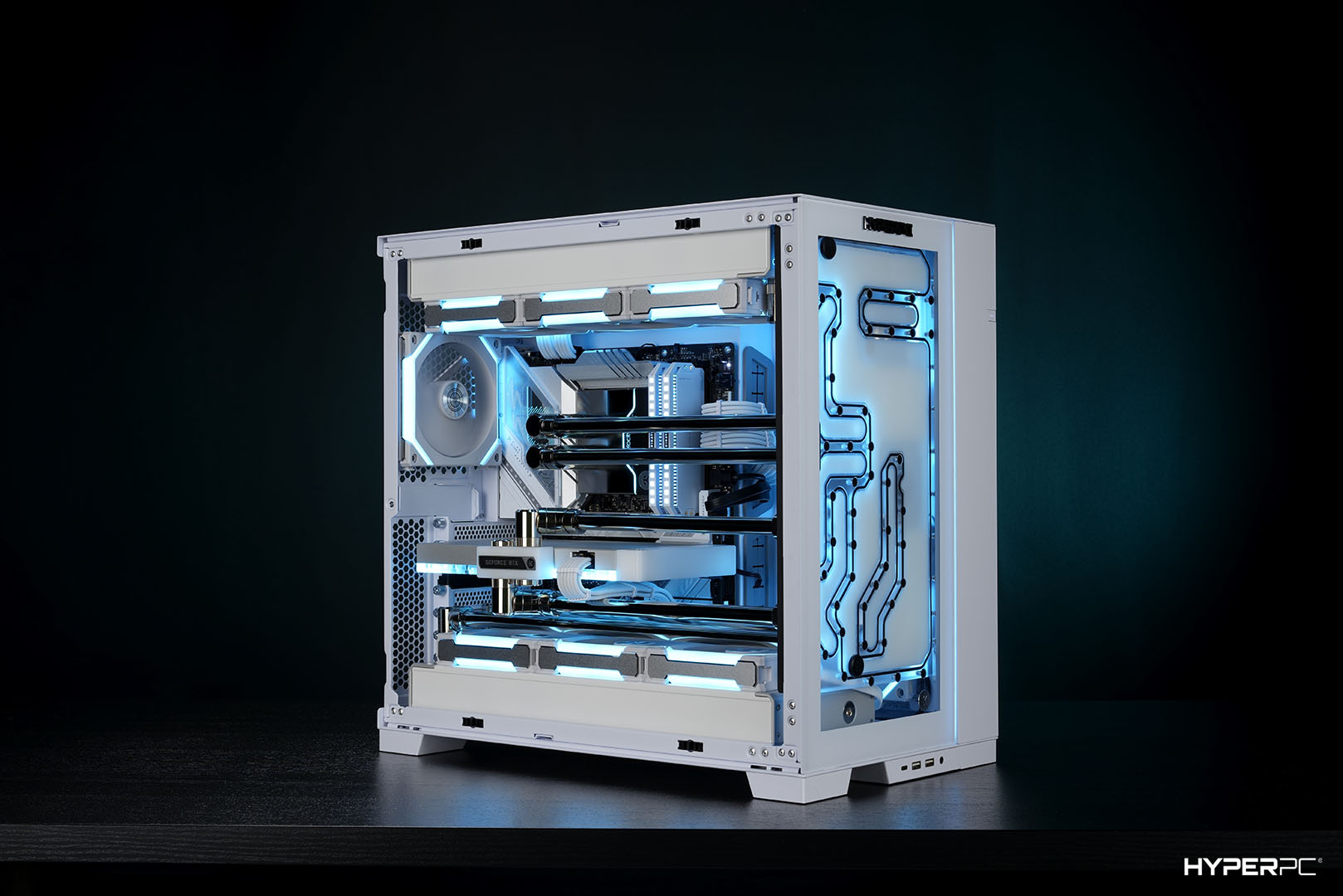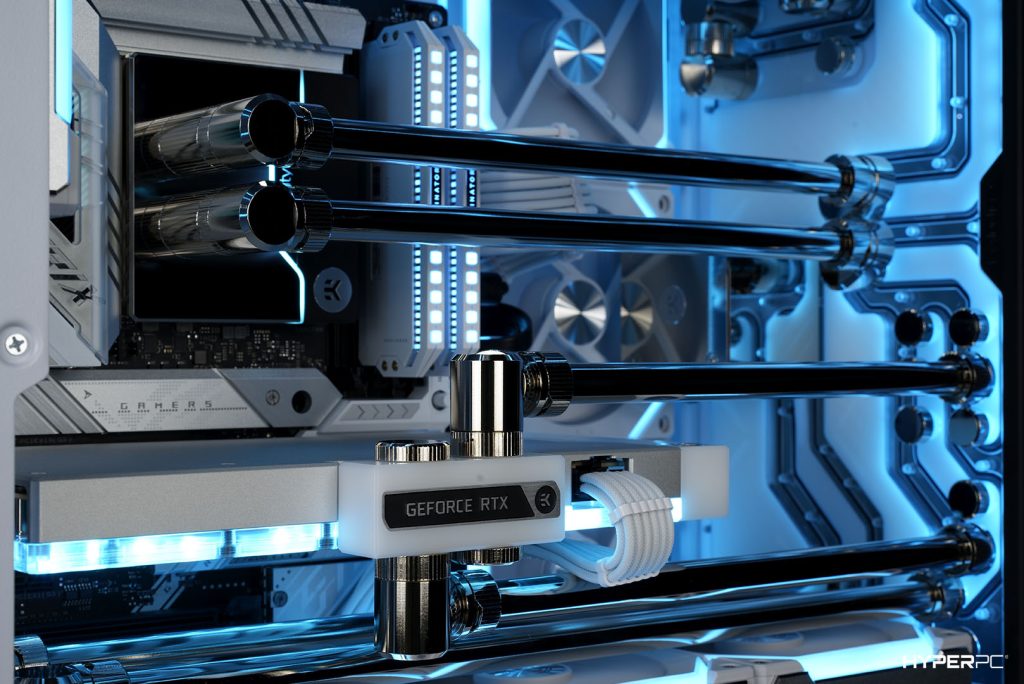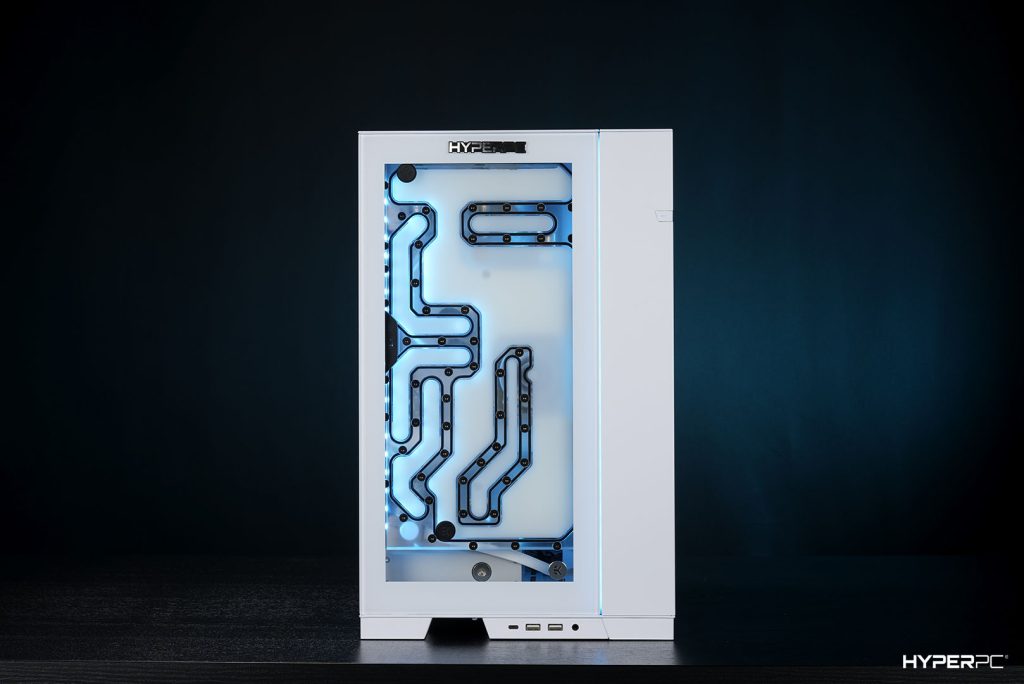How to Build Your Own Computer

Building a computer can be challenging, especially when selecting components. This guide will help you identify the key characteristics needed to assemble a powerful, high-quality, and gaming desktop. We created it in collaboration with HYPERPC, a high-end PC maker.
Central Processor and Cooling
When choosing a central processor, consider three main factors: generation, number of cores, and actual heat dissipation.
Processor Generation
The generation is indicated by the first digits in the processor’s name. For example, the Intel Core i5-13400(F) is a 13th generation processor, while the AMD Ryzen 5 7500F is a 7th generation. Generally, newer generations offer more advanced architecture and increased power. Currently, relevant Intel generations are 12th, 13th, and 14th, while for AMD, it’s 5th and 7th.
Number of Cores
More cores generally mean more processing power.
- 4 high-performance cores: Suitable for non-demanding online games (e.g., Intel Core i3-12100(F)).
- 6 high-performance cores: Suitable for demanding single-player games (e.g., Intel Core i5-13400(F), AMD Ryzen 5 7500(F)).
- 8 high-performance cores: Suitable for heavy work and gaming at high frame rates (e.g., Intel Core i7-13700K(F)).
Note: Processors with more than 8 high-performance cores, such as the AMD Ryzen 9 7950X, may not offer significant benefits for gaming compared to those with 8 cores.
Actual Heat Dissipation
Manufacturers often underestimate the TDP (Thermal Design Power) in their specifications. For example, the AMD Ryzen 7 5700X is listed at 65 watts but can reach 78 watts under stress. Similarly, the PC core i5 can also exceed its specified TDP under heavy loads. Always base your cooling system choice on actual heat dissipation, which can be found in reviews.
- 4 high-performance cores: Budget tower coolers with a couple of heat pipes.
- 6 high-performance cores: Mid-budget tower coolers with four heat pipes.
- 8 high-performance cores: Top tower coolers or dual-section AIOs.
- 8+ high-performance cores: Top three-section AIOs.
Graphics Card

When selecting a graphics card, focus on the GPU generation and numerical index.
Generation of the Graphics Processor
The generation is indicated by the first digits in the card’s name. For instance, the NVIDIA GeForce RTX 4060 (40th generation) and AMD Radeon RX 7600 (70th generation). Newer generations typically offer higher performance and more advanced graphics technologies.
Numerical Index and Power
The numerical index indicates the power level of the graphics card.
- Index 6: Suitable for Full HD gaming (e.g., NVIDIA GeForce RTX 4060, AMD Radeon RX 7600).
- Index 7: Suitable for 2K gaming (e.g., NVIDIA GeForce RTX 4070, AMD Radeon RX 7700XT).
- Index 8 and 9: Suitable for 4K gaming (e.g., NVIDIA GeForce RTX 4080, AMD Radeon RX 7900XTX).
NVIDIA vs. AMD for Work
For professional work, NVIDIA is often preferable due to CUDA technology, which enhances performance in complex graphic tasks. NVIDIA also collaborates with software developers to optimize GPU performance for professional applications.
Motherboard
When selecting a motherboard, consider the socket, power supply system (VRM), ARGB connectors, supported RAM type, and storage connectors.
Socket
The socket connects the processor to the motherboard. Intel’s 12th, 13th, and 14th generation processors use LGA1700, while AMD Ryzen 7 uses AM5.
Power Supply System (VRM)
The VRM supplies and regulates voltage for the CPU. More powerful CPUs require a more robust VRM system.
- 4 high-performance cores (~60 watts): Budget boards (e.g., MSI PRO H610M-E).
- 6 high-performance cores (~100 watts): Budget boards on “B” chipset (e.g., MSI PRO B660M-P).
- 6 high-performance cores (~160 watts): Top boards on “B” chipset (e.g., MSI B760 GAMING PLUS).
- 8+ high-performance cores (200-300 watts): Top boards with “Z” chipset (e.g., MSI PRO Z790-A MAX).
ARGB Connectors
For lighting features like LED strips or lit fans, ensure the motherboard has an ARGB connector.
Supported RAM Type
Ensure the motherboard supports the RAM type you plan to use (DDR4 or DDR5). Also, opt for boards with at least 4 RAM slots for future upgrades.
Storage Connectors
Most users need one M.2 connector for an SSD and another SATA connector for an HDD. If you need more storage, check the number of available connectors.
RAM Kit
Use an even number of RAM modules (2 or 4) to activate dual-channel mode, enhancing memory bandwidth and CPU performance.
Memory Capacity
- 16 GB: Sufficient for non-demanding games and basic professional work.
- 32 GB: Suitable for demanding games and professional tasks like 3D modeling.
- 64 GB+: Required for complex tasks like 4K video editing.
Memory Type
DDR5 is more modern and efficient, with features like ECC for increased stability, but it’s also more expensive. DDR4 is still effective for high-frame-rate gaming and professional work.
Clock Speed
- DDR4: 3200 MHz or higher.
- DDR5: 5600 MHz or higher.
Heatsinks
Choose RAM with metal heatsinks for better heat dissipation and longer lifespan.
Storage Devices
SSDs are essential for fast boot times and efficient operation of modern games and applications.
Connection Interface
- SATA 3 SSDs: Up to 550 MB/s read speed.
- PCI-E 3.0 SSDs: Up to 3500 MB/s read speed.
- PCI-E 4.0 SSDs: Up to 8000 MB/s read speed (e.g., Samsung 980 PRO).
SSD Manufacturer
Opt for SSDs from reputable brands like Samsung or Western Digital to ensure quality and reliability.
Power Supply
Consider power and 80 PLUS certification.
Power
Choose a power supply with a bit more capacity than your system’s total power consumption. For example, if your PC consumes 400 watts, get a 500-550 watt PSU.
80 PLUS Certificate
An 80 PLUS certification (Gold, Platinum, Titanium) indicates high-quality components and reliable performance.
Case

Choose a case that meets your aesthetic preferences but also ensures compatibility and cooling efficiency.
- Size: Ensure it supports your motherboard’s form factor, GPU length, and cooler height.
- Material: Tempered glass for windows (not plastic or acrylic).
- Airflow: Good ventilation is crucial to prevent overheating.
- Power Supply Location: Bottom-mounted PSUs offer better cooling.
By following these guidelines, you’ll be well-equipped to build a powerful, high-quality, and durable PC.






